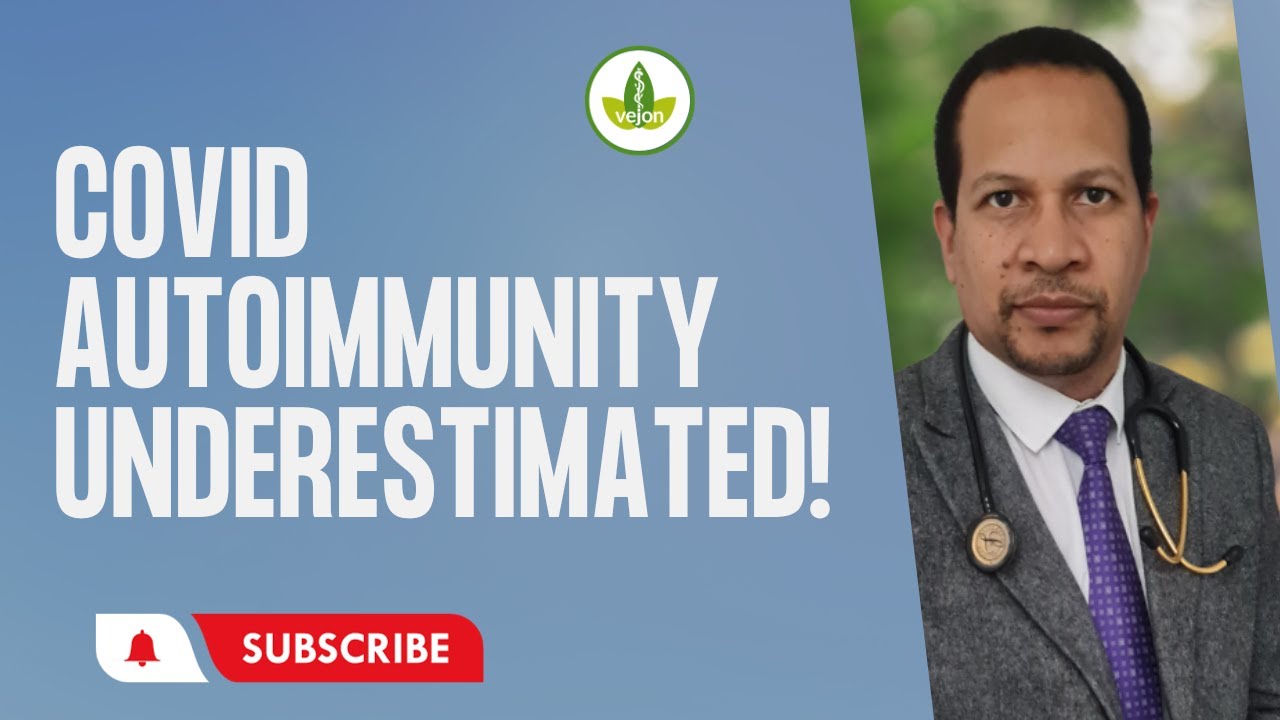edX M1.3 Sociological Thinking
Summary
TLDRThis script discusses the importance of thinking sociologically, especially in the context of COVID-19. It emphasizes understanding societal patterns and how external factors like the economy and pandemics affect individuals and groups. The script uses examples like depression rates during COVID, highlighting disparities in mental health outcomes based on social status, gender, and race. It also touches on the importance of intersectionality and the need for a holistic analysis of events like COVID-19 to address broader social issues.
Takeaways
- 🔍 To think sociologically is to shift the perspective from individual to societal patterns and behaviors.
- 🌐 Sociology uses the scientific method to study human society and its external factors like economy, culture, and global events like pandemics.
- 🌟 The ability to self-isolate during Covid-19 has become a significant social status affecting mental health outcomes.
- 👩👧👦 A gender gap in mental health challenges has emerged among parents during Covid-19, with women reporting more challenges.
- 🏡 The labor of homeschooling and lockdown impacts have played out in gendered ways, with women taking on more unpaid domestic work.
- 📊 Sociologists look for patterns among individuals who might be acting differently to the general population during the pandemic.
- 🌱 Sociological thinking involves looking for general patterns in the behavior of particular people and how society shapes individuals into groups.
- 👀 The sociological imagination helps to see the relationship between individual experiences and the larger society.
- 🌏 Sociologists study the root causes of differences in Covid-19 experiences related to institutions, culture, and social location.
- 📈 Mental health rates and the impact of Covid-19 are shaped by social and national context, varying greatly between countries.
- 📚 The assignment encourages students to research and assess the likelihood of financial and health impacts of Covid-19 for individuals from different cities and social groups.
Q & A
What does it mean to think sociologically?
-To think sociologically means to shift the focus from an individualistic perspective to considering the experiences and behaviors of groups or populations within society.
How is the sociological perspective critical during a pandemic?
-The sociological perspective is critical during a pandemic because it helps understand how collective actions and societal structures impact individual and group experiences, potentially influencing public health outcomes.
What is the systematic nature of sociology?
-The systematic nature of sociology comes from its adherence to the scientific method, using transparent and scrutinized procedures to build upon previous research and generate new, accurate knowledge.
How do external factors like a global pandemic shape individual and collective experiences?
-External factors like a global pandemic can shape individual and collective experiences by influencing aspects such as mental health, employment, and social interactions, often disproportionately affecting different social groups.
What is an example of how sociologists view depression differently during the COVID-19 pandemic?
-Sociologists view depression during the COVID-19 pandemic as not only an internal issue but also as one organized by social groups, with factors like the ability to self-isolate and gender roles impacting mental health outcomes.
What social status emerged under COVID-19 that affects mental health?
-The ability to self-isolate at home emerged as a significant social status affecting mental health during COVID-19, with different mental health outcomes observed between those who can and cannot shelter in place.
Why is there a gender gap in mental health among parents during the pandemic?
-A gender gap in mental health among parents during the pandemic may be due to the unequal distribution of unpaid domestic work and homeschooling responsibilities, often falling more heavily on women.
How does the intersectionality of race, ethnicity, and colonialism affect mental health during COVID-19?
-The intersectionality of race, ethnicity, and colonialism can exacerbate mental health challenges during COVID-19, as seen with Indigenous people in Canada who were already more likely to report poor mental health and have experienced worsening conditions due to the pandemic.
Why is it important to study COVID-19 sociologically?
-Studying COVID-19 sociologically is important to understand the broader impacts of the pandemic on population health and sociocultural outcomes, such as social inequality and health inequities.
What are the characteristics of sociological thinking?
-Characteristics of sociological thinking include looking for general patterns in individual behavior, understanding how societal categories shape personal experiences, and using the sociological imagination to connect individual experiences with larger societal contexts.
How does the sociological imagination help in understanding individual experiences during a pandemic?
-The sociological imagination helps in understanding individual experiences during a pandemic by connecting personal events, like job loss, to broader social, historical, and cultural contexts, such as national lockdowns and economic recession.
What is the discussion assignment for this module about?
-The discussion assignment for this module involves researching the likelihood of financial and health outcomes for individuals from a chosen city and social group during the pandemic, considering factors like the ability to avoid infection, serious health complications, and financial impacts.
Outlines

このセクションは有料ユーザー限定です。 アクセスするには、アップグレードをお願いします。
今すぐアップグレードMindmap

このセクションは有料ユーザー限定です。 アクセスするには、アップグレードをお願いします。
今すぐアップグレードKeywords

このセクションは有料ユーザー限定です。 アクセスするには、アップグレードをお願いします。
今すぐアップグレードHighlights

このセクションは有料ユーザー限定です。 アクセスするには、アップグレードをお願いします。
今すぐアップグレードTranscripts

このセクションは有料ユーザー限定です。 アクセスするには、アップグレードをお願いします。
今すぐアップグレード関連動画をさらに表示

Future Jobs: 21st Century Skills | Master these skills to find your future job

BAB 3. PART 1 BERPIKIR KRITIS DAN DAMPAK SOSIAL INFORMATIKA. PENGANTAR BERPIKIR KRITIS. FASE F SMA.

Yuk Jaga kebersihan diri dan lingkungan

The Looming Disaster of Underestimating Covid Autoimmunity

Corona Virus | COVID-19 | Covid-19 Pathogenesis | Covid-19 Lab diagnosis | Corona vaccines

How do QR codes work? (I built one myself to find out)
5.0 / 5 (0 votes)
